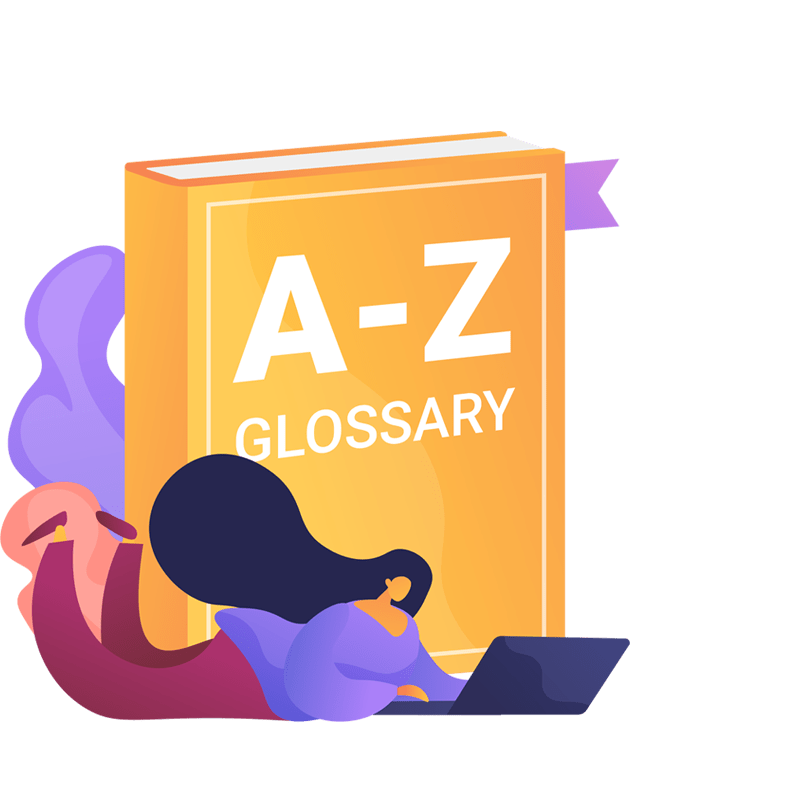BI Glossary
ROLAP

What is ROLAP?
ROLAP stands for Relational Online Analytical Processing. It is a type of online analytical processing (OLAP) that analyzes data using multidimensional data models, but stores and accesses the data in a relational database.
ROLAP uses SQL queries to perform data analysis and manipulation, and does not require the pre-computation and storage of information.
What are the benefits of ROLAP
- It can handle large and complex data sets, as it does not have the size and dimension limitations of other OLAP techniques, such as MOLAP (Multidimensional Online Analytical Processing).
- It can leverage the existing relational database management system (RDBMS). The useful features are security, scalability, and performance.
- It can provide flexible and dynamic data analysis, as it does not depend on predefined data cubes or aggregations. It can also generate SQL queries on the fly.
What are use cases of ROLAP
- It can be used for ad hoc analysis and reporting. It allows users to create and modify their own queries and reports. This can be done without relying on predefined data structures or schemas. This is a great use case for embedded analytics.
- It can be used for data mining and discovery. Use it to explore and extract patterns, correlations, and insights from large and diverse data sources. These include:
- FHIR analytics data
- census data
- social media data.
- It can be used for business intelligence and decision support. It is useful to provide data-driven insights and solutions to various business problems and opportunities. These often include customer segmentation, market analysis, or product optimization.
ROLAP is useful when
- The data volume and complexity are high, and the data sources and structures are heterogeneous and dynamic.
- The data analysis and reporting needs are flexible and varied, and the users have different levels of expertise and preferences.
- The data quality and accuracy are important, and the data updates and changes are frequent and incremental.
ROLAP should not be used when
- The data volume and complexity are low, and the data sources and structures are homogeneous and static.
- The data analysis and reporting needs are fixed and standard, and the users have similar levels of expertise and preferences.
- The data quality and accuracy are not critical, and the data updates and changes are rare and batch.
ROLAP vs MOLAP
Pros and cons of ROLAP are:
-
Pros:
- ROLAP can handle large and complex data sets, as it does not have the size and dimension limitations of MOLAP.
- ROLAP can leverage the existing relational database management system (RDBMS) and its features, such as security, scalability, and performance.
- ROLAP can provide flexible and dynamic data analysis, as it does not depend on predefined data cubes or aggregations, and can generate SQL queries on the fly.
-
Cons:
- ROLAP is slower than MOLAP, as it has to query the relational database every time a user requests data analysis.
- ROLAP may require complex SQL queries and joins, which can affect the performance and readability of the code.
- ROLAP may have data quality and consistency issues, as it relies on the data stored in the relational database, which may not be updated or synchronized with the source data.
Pros and cons of MOLAP are:
-
Pros:
- MOLAP is faster than ROLAP, as it stores and accesses the data in a multidimensional array, which is optimized for data analysis and visualization.
- MOLAP can perform complex calculations and aggregations in advance, which can improve the query response time and reduce the load on the server.
- MOLAP can compress and store the data efficiently, which can save storage space and improve performance.
-
Cons:
- MOLAP can handle only limited data volumes and dimensions, as it has to pre-compute and store the data cubes, which can consume a lot of memory and processing power.
- MOLAP may not be able to leverage the existing RDBMS and its features, as it requires a separate OLAP server and database.
- MOLAP may not be able to provide flexible and dynamic data analysis, as it depends on predefined data cubes and aggregations, which may not reflect the latest or changing data.
The choice between ROLAP and MOLAP depends on various factors, such as the data volume and complexity, the data analysis and reporting needs, the data quality and accuracy, and the data update and change frequency.



